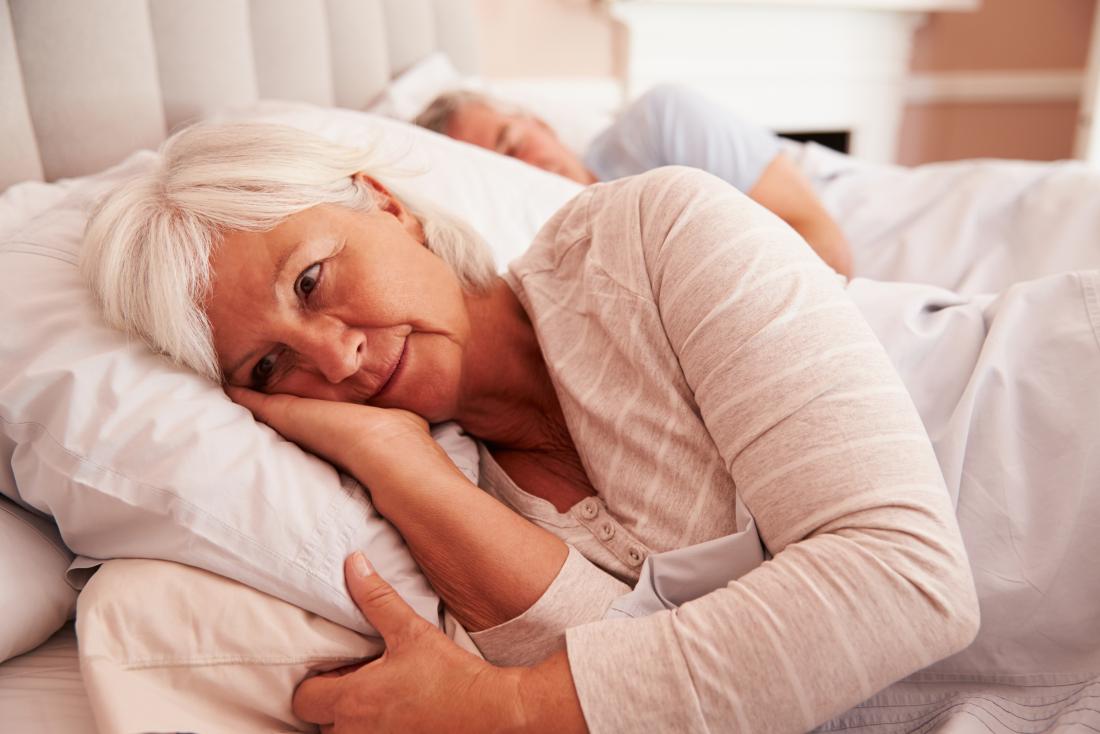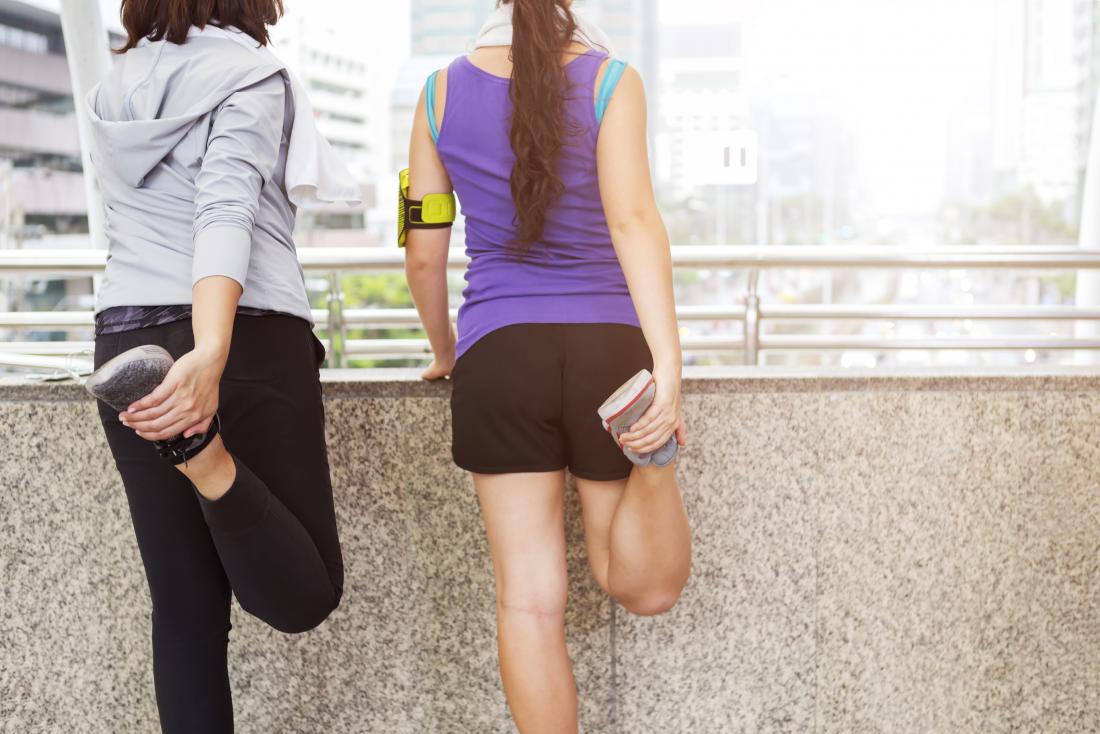Get rid of knee pain while asleep
Getting rid of knee pain while asleep
Joint pain and swelling become more common as people age. Pain in the knee can make walking, running, and other activities uncomfortable. It can also make it difficult to fall or stay asleep at night.
Various issues, such as an injury or arthritis, can cause knee pain. A person with arthritis can experience stiff, swollen, and painful joints almost anywhere, but knees are a common location.
Pain and swelling from arthritis can be just a nuisance or so severe that they become disabling.
Read on for some tips on how to relieve knee pain when sleeping.
Take a warm bath before bed

Sleeping may be difficult for a person with knee pain from arthritis.
A warm bath can be relaxing. It can also relieve joint pain and help a person fall asleep with less or no pain.
According to the Arthritis Foundation, soaking in a warm bath:
- reduces gravity that otherwise increases pressure on the knees
- increases circulation
- reduces swelling and inflammation
- offers full support to the legs
Also, the positive, lingering effects of soaking in warm water continue after the bath.
Find a good sleeping position
A comfortable sleep position and support in a bed can make a big difference by both relieving and preventing knee pain when a person is sleeping.
It is important when sleeping to provide some extra support to the knees. To do this, a person can try using a pillow to prop up their knees and provide additional support.
People who sleep on their backs can place the pillow under their knees, while people who sleep on their sides can put it between their knees.
The pillow will provide comfortable support and help take some of the pressure off the knees.
Use a heat or cold pack
People may find relief from their knee pain by using ice packs, heat packs, or heating pads.
Before falling asleep or going to bed, a person can try to ice or heat their knees. They should aim to heat or ice their knees right before bed for about 20 minutes.
Either method can help reduce swelling and may take away some of the pain in the knees.
When using ice, a person should be sure to wrap the ice pack in a towel or cloth to avoid directly placing it on their body, as direct contact may damage the skin and cause pain.
Adjust the timing of medications
Sometimes, the timing of when a person takes their prescription medications can cause it to wear off during the night. If this occurs, a person should work with their doctor to find a better time to take their medications.
Lose weight or maintain a healthy weight
Carrying around extra weight can put additional stress on the knees and other joints.
Maintaining or achieving a healthy body weight can help reduce this pressure. To achieve this, a person can improve their diet and do more exercise.
Regular, light exercise can improve blood flow and help joints feel better. A person with knee pain should try exercising in a way that does not put extra pressure or stress on their knee joints.
Swimming, biking, light walking, and elliptical machines can provide low impact exercises to support overall well-being. These gentle exercises may also help maintain a healthy weight or lose excess weight.
Change daily routines and habits

Stretching before and after exercise can help prevent knee pain.
Some activities can aggravate the knees and cause pain that lasts into the night. There are also some things a person can do during the day to prevent additional knee pain.
Prevention tips include:
- avoiding carrying excessive weight
- stretching regularly, especially before and after exercising
- wearing appropriate shoes
- using correct form when lifting or exercising
- resting the knees as necessary throughout the day
- wearing compression wraps
- using crutches or other walking supports if necessary
- avoiding overusing the knee
- lifting within your limits as exercise should not increase pain
When to see a doctor
A person should speak to their doctor if the pain in their knees is getting worse or not improving.
In some cases, a doctor may suggest changing the time someone takes their medication to help relief last longer through the night. In other cases, the doctor may recommend higher doses or changes in medications.
A healthcare provider may also suggest additional therapies. Physical therapy may help reduce knee pain and improve sleep quality.
In more severe cases, a doctor may suggest surgical options. Surgery can either repair damaged joints or replace a joint. In either case, the goal is to restore lost motion in the joint and alleviate pain.
Takeaway
Knee pain when sleeping may be treatable with some prevention techniques and strategies a person can try at home. At home therapies often focus on temporarily relieving or preventing symptoms from occurring.
However, a person should still work with a healthcare provider if their symptoms do not improve. A doctor can prescribe stronger medications to treat inflammation and pain or recommend additional therapies for pain.




Post a Comment